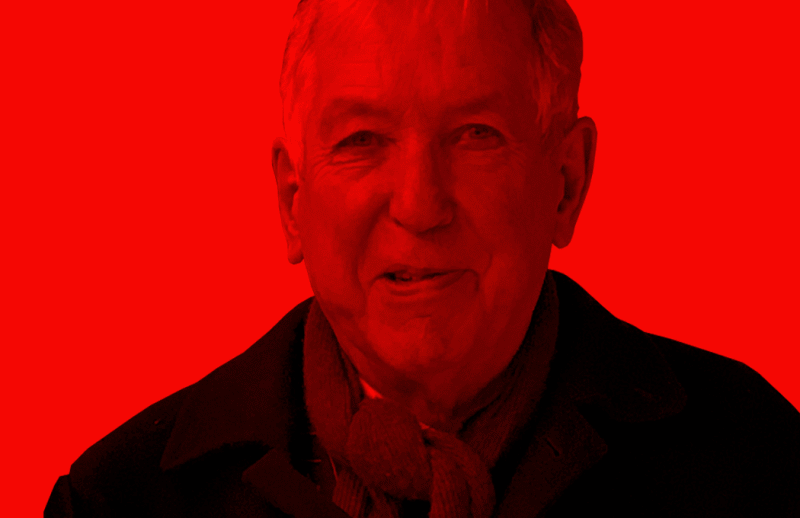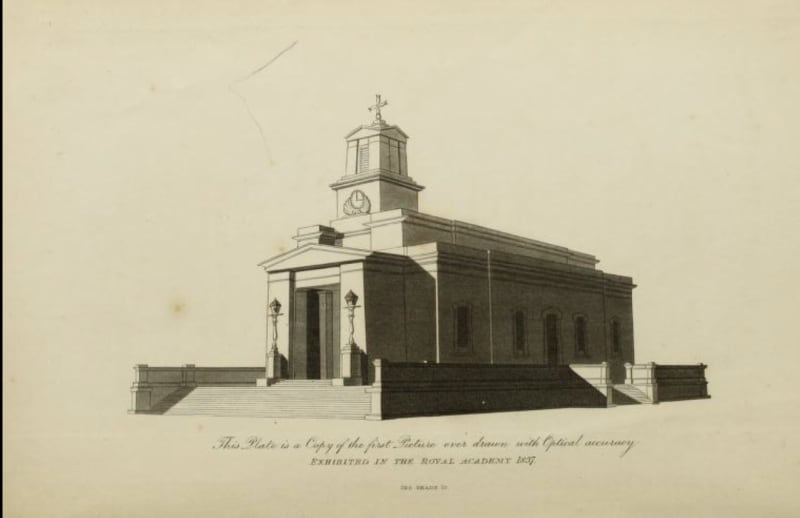Points of View

Introduction & Index
This is to be an assortment of odd and opinionated pieces about perspective, optics, and picture-making. It will include sequels to my book Vermeer’s Camera of 2001 and spin-offs from my current project on Canaletto’s Camera - both described elsewhere on this site. The plan is to take on topics from Roman frescoes to computer graphics, and to discuss pictures made for many purposes, not just products of the fine and applied arts. I will feature geometrical analysis of the perspective structure of pictures; reconstruction of the 3D spaces represented in 2D images; and practical experiments with optical aids to drawing and painting. I am hoping that guests may make contributions. There will be an occasional series on ‘Follies of the Perspective Theorists’. I may also make amateur excursions into the philosophy of perception and the psychology of vision.

Buildings at the back: too high, too long
When a drawing or painting of an architectural interior or an urban scene is made accurately in perspective, it is possible to reconstruct the three-dimensional space depicted. This is done by a method of ‘reverse perspective’ - in effect working the standard rules of construction backwards.

Follies of the perspective theorists, 1: Nelson Goodman and Languages of Art
In his book Languages of Art of 1976, the American philosopher Nelson Goodman considers how systems of symbols work in the arts; not just in literature, but in those fields that use non-verbal symbols like painting, music, dance, and architecture.[1] He opens his first chapter with a discussion of realistic pictures made in perspective. The book was very influential on the rise of cultural relativism in the humanities; in particular the revival of the old idea, going back to the 1920s and Erwin Panofsky’s essay on Perspective as Symbolic Form, that linear perspective is an arbitrary cultural convention.[2]

Looking up
Arthur Parsey was a painter of miniatures who published an instruction manual in 1836 called Perspective Rectified, and in 1840 produced a much-extended edition, grandly retitled The Science of Vision.[1] Parsey was an argumentative polemicist with some eccentric and deluded obsessions. He claimed to have found a method of squaring the circle. In the second edition of his book, he proposed that ‘the seat of vision’ within the eye was the iris, not the retina. There were scathing reviews in the press. John Ruskin waded into the resulting correspondence under the pseudonym *Kata Phusin *(‘according to nature’) and gave Parsey some limited support.[2]

Anamorphosis in a painting by Vermeer
This piece was written for a volume celebrating the life and work of John Sharp, mathematician, educator, and inventor of mathematical recreations: Sharp Forms: Life at the Edge of Art and Mathematics (Tarquin: https://www.tarquingroup.com/sharp-forms-life-at-the-edge-of-art-and-mathematics.html). John was particularly fascinated by anamorphic images.

A response to an essay by Gregor Weber on 'Vermeer's pictorial world'
In the catalogue of the 2023 exhibition of the paintings of Johannes Vermeer in Amsterdam, Gregor Weber writes about ‘Vermeer’s pictorial world’ and the question of what tools the artist might have used to obtain his miraculous perspectives.[1] However, there are some basic misconceptions about perspective and optics in Weber’s article that should not go uncorrected, lest they pass into the accepted Vermeer wisdom.

Foreshortening in the forest
It is possible to create a picture in perspective which gives a powerful sense of space and depth without any straight lines that recede to vanishing points - indeed without any straight lines at all.